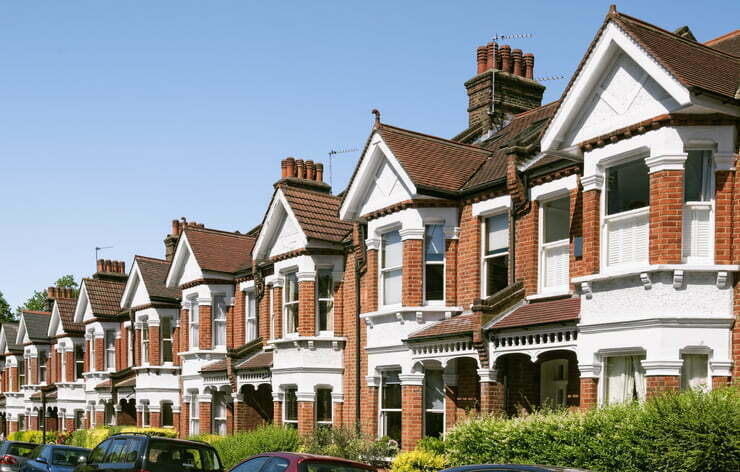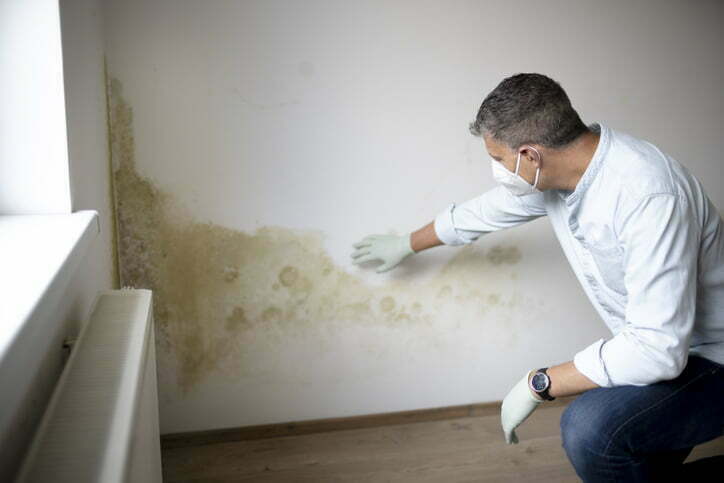Tapco HomeDry Dry Rot Treatment Chertsey
We are long term members of Trust Mark and a member of the BWA. CHAS accredited contractor. In addition, all of our surveyors are trained to the high standards of the PCA (Property Care Association).



Dry Rot Specialist In Chertsey
Concerned about the risk of dry rot in your home? Don’t ignore a potential dry rot problem as it won’t go away without expert intervention and it could lead to structural damage throughout your home. At the first sign of dry rot in your property, get in touch with Tapco Homedry to find out how we can help tackle the issue head on.
Is dry rot the same as wet rot?
Dry rot and wet rot are caused by two different types of fungus. They need very different conditions to thrive and will also leave wood in different conditions. Dry rot needs moisture levels around 20% and will leave the wood dry and brittle. Wet rot needs moisture levels around 50% and will leave wood soft and spongy.
What is dry rot?
This is the common name for a type of fungus that can find its way into residential settings. The Serpula lacrymans fungus is more commonly found in woodlands where it plays an essential role in breaking down fallen wood and branches to clear space for new growth. Unfortunately, this fungus can also feed on timber in your home given the right conditions.
As the fungus attacks the wood, it secretes an enzyme that breaks it down and digests the cellulose in timber, leaving it structurally weak. For dry rot to thrive, you’ll also need to have a damp issue in your home, as dry rot needs moisture to be able to thrive and spread. Once in your home, dry rot can find its way through masonry to find more suitable material to digest.
The wood left behind is usually dark, dry and brittle. It will crumble easily between your fingers and will therefore no longer have its structural integrity. This could lead to collapse if the dry rot is left untreated. It could impact your flooring, door frames and root rafters.
While more common in older properties, it can also thrive in younger properties provided it finds the right conditions. We typically see dry rot alongside a damp problem, so basements, attics and bathrooms are often the first place it will appear.
How to spot dry rot in your home
You’ll need to employ all of your senses to detect dry rot in your home, as the effects aren’t always immediately visible. The first sign of an issue is often a damp or musty odour. Dry rot is usually secondary to a damp problem, so this makes sense.
Further inspection often reveals a white and furry growth on the wood. As this matures, the centre will turn a rusty orange as the fungus releases spores which spread throughout your home. You might notice these on your furniture. They often look like brick dust.
If the dry rot has already passed through your home, you’ll see the damage it leaves behind. Wood will be darker, very dry and extremely brittle. It will also break apart in a characteristic cuboidal cracking structure. This means that the wood will break down into small cube shapes.

Dry rot experts in Chertsey
If you’re worried about dry rot in Chertsey, don’t delay treatment. Dry rot can quickly spread and cause widespread damage. The experts at Tapco Homedry have seen it all and can help to put things right in your home.
How is dry rot treated?
Since dry rot is nearly always secondary to a damp problem, we’ll start by addressing the source of the damp. Alongside this treatment, we’ll also use a fungicidal treatment on any active fungus to stop it from spreading further. Finally, we can replace damaged wood with pre-treated timber to stop the problem from returning.


 Damp Proofing
Damp Proofing Basement Damp Proofing
Basement Damp Proofing Water Damage
Water Damage Condensation Control
Condensation Control Dry Rot Treatment
Dry Rot Treatment WOODWORM & WET ROT
WOODWORM & WET ROT CAVITY Wall Ties
CAVITY Wall Ties Property Maintenance
Property Maintenance Waterproofing And Tanking
Waterproofing And Tanking Structural Repairs
Structural Repairs
